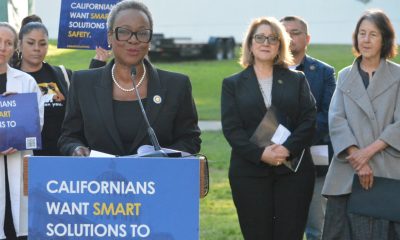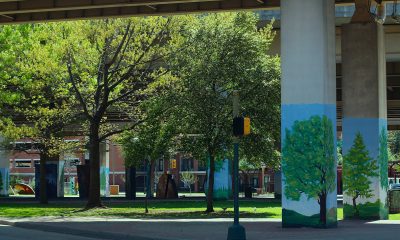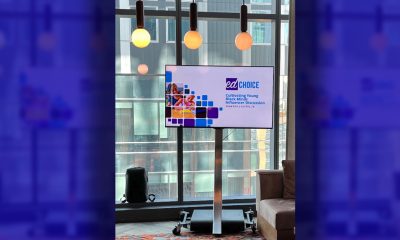Commentary
Is It Safe to Give In to Pressure to Reopen Schools?
“The first reason Black parents are reluctant to have their children return to school is health and safety. More Black children are likely to live in multi-generational homes. This means that even though children are less likely to manifest COVID-19 symptoms, they can still contract and shed the virus and infect a grandparent or parent with underlying conditions. Given the high rate of COVID infections and death in the Black and Brown communities, Black families are not willing to take the risk of transmission.” Of course, Ladson-Billings doesn’t speak for all Black parents, but some polls indicate that she probably does speak for many.
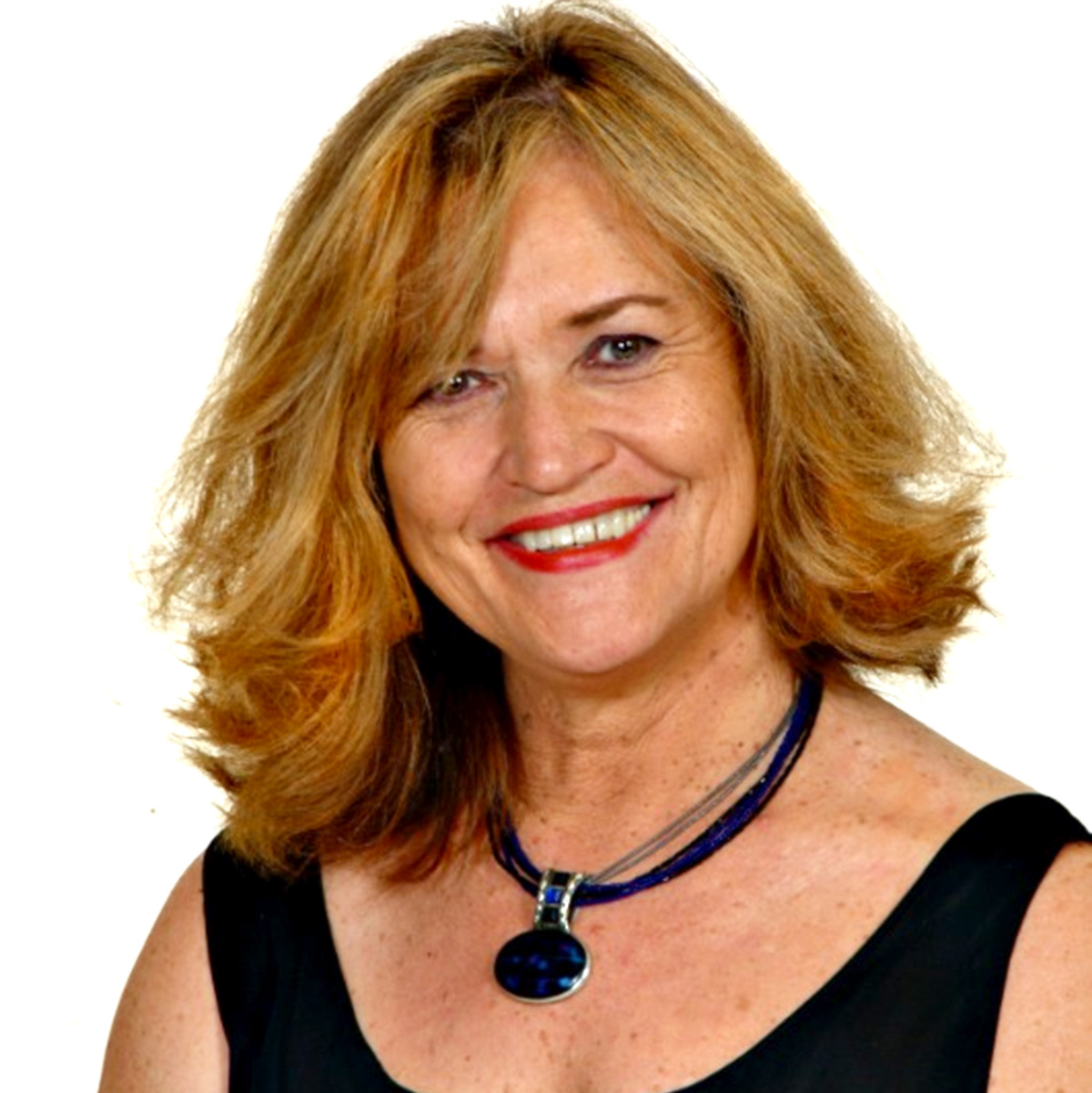
The demand to open schools has taken a bizarre turn. The same communities which have seen the most sickness and death also seem to be taking the rap for not having already opened schools.
Case rates are falling, and every district absolutely needs to have a workable, safe, phased-in plan for returning to in-person instruction. And, while we do that, we need to respond to the clueless conversations occurring in some parts of the press.
Renowned education researcher, Gloria Ladson-Billings, addresses this with a blog called “Stop Using Black Kids as An Excuse to Open Your Schools.” She explains the reasons why Black parents may not be as enthusiastic as more affluent white parents.
“The first reason Black parents are reluctant to have their children return to school is health and safety. More Black children are likely to live in multi-generational homes. This means that even though children are less likely to manifest COVID-19 symptoms, they can still contract and shed the virus and infect a grandparent or parent with underlying conditions. Given the high rate of COVID infections and death in the Black and Brown communities, Black families are not willing to take the risk of transmission.” Of course, Ladson-Billings doesn’t speak for all Black parents, but some polls indicate that she probably does speak for many.
Locally, the question seems to come out something like this “Piedmont (an affluent mostly white city) has schools open. Oakland (a working-class city with mostly Black and Brown residents) right next door does not have schools open. What’s wrong with Oakland?”
What’s wrong is that Piedmont has had 165 cases of Covid, while Oakland has had 25,000 cases. And this is where the systemic racism lies. First the federal government failed to stop the devastating spread of the disease. And second, the U.S. racial wealth gap means that Black and Brown communities are doing more of the dangerous “essential’ work while whites are more likely to have other income or to work from the safety of home. If it’s not safe to have 10 people over for Thanksgiving dinner in a house, we may wonder, how safe could it be to have hundreds of people in a school building together?
We are beginning to have some answers to this question as it stands now. In France, where the unpopular education minister, Blanquer, has gloated over keeping France’s schools open, we finally know something about how this has turned out.
One of the schools he is proud of was shown on the news a few days ago. The reporter mentioned that four teachers had COVID. This is out of a teaching staff of around 24. With a 1-in-6 chance of getting the deadly disease, those folks would be safer working in a coal mine.
And there is some statistical evidence from the U.S. as well.
Esther Oster, a Brown University researcher, has data which show that rates of infection increased among teachers in New York and Texas, two states which have their public schools open. Her work is reported in the Jan. 12, 2021, issue of Chalkbeat. Nearly 1-in-100 staff members had contracted COVID in just the first two weeks of December in those two states.
We need a plan to go back to in-person instruction that takes these things into account. First, we need to understand that the initial steps will be smaller groups of students in smaller spaces, and parents should be asked about the details of all these plans.
Second, we need to determine, as a community, that we are not “going back to normal.” The teachers in my education classes want to start with rebuilding relationships. Ladson-Billings asks whether we’re going to ask about the learning gains as well as the “learning losses” of students. Did all those students protesting in the streets this past year learn anything we want to hear about? Will we let the 40% of California students who speak a language other than English teach the teachers and other students how to speak their language? And will we get the courage to reject another expensive, discriminatory standardized test destined to give teachers and students yet another reason for discouragement
I love teaching in person. I love sitting in a tight-knit circle conducting a seminar with my students. I can’t wait until the vaccinations have brought the case rates down enough for this to happen. And I’m giving thanks to all the blessed scientists and health care people around the world who worked so hard and so fast to make that possible.
Kitty Kelly Epstein, PhD is a professor, the host of Education Today, and the co-author, with BSU leader Bernard Stringer, of “Changing Academia Forever: Black Student Leaders Analyze the Movement They Led.” (2020)
Commentary
Opinion: Lessons for Current Student Protesters From a San Francisco State Strike Veteran
How the nation’s first College of Ethnic studies came about, bringing together Latino, African American and Asian American disciplines may offer some clues as to how to ease the current turmoil on American college campuses over the Israel-Hamas war. After the deadline passed to end the Columbia University encampment by 2 p.m. Monday, student protesters blockaded and occupied Hamilton Hall in a symbolic move early Tuesday morning. Protesters did the same in 1968.
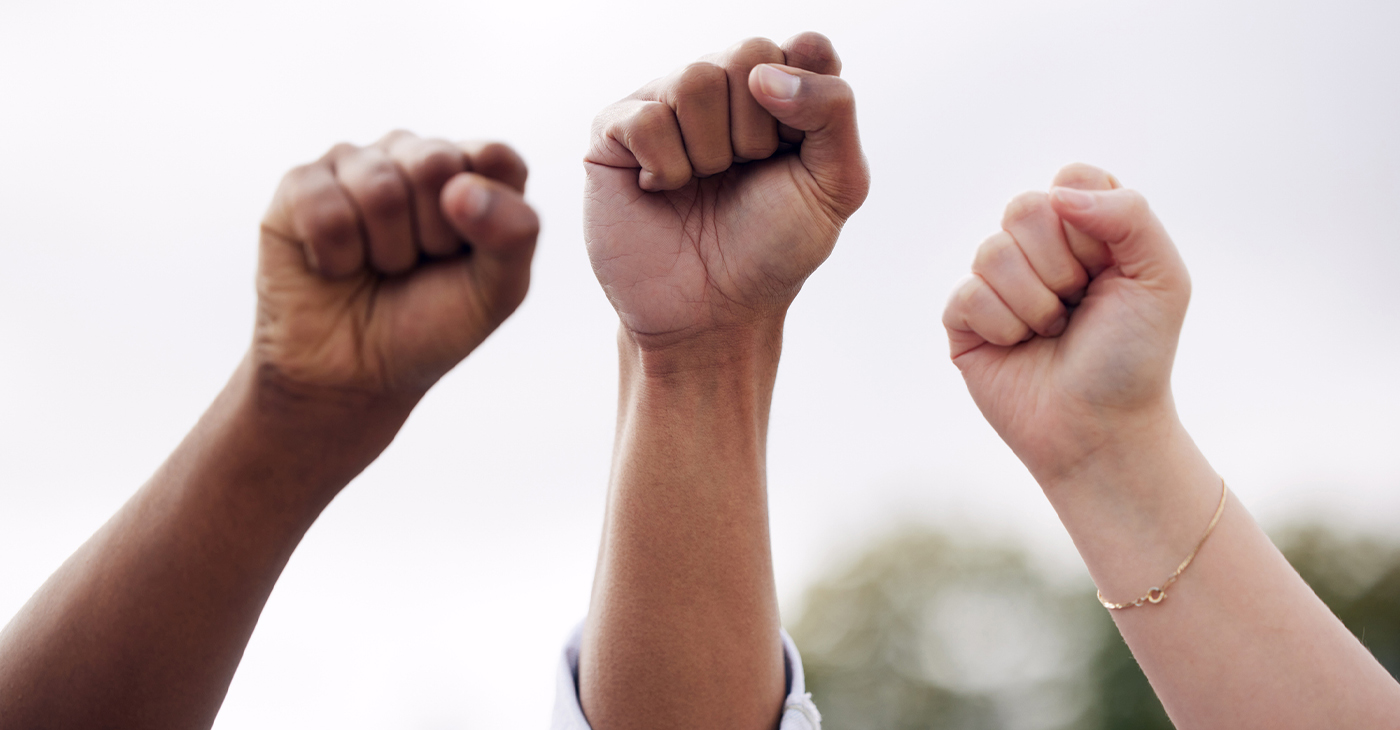
By Emil Guillermo
How the nation’s first College of Ethnic studies came about, bringing together Latino, African American and Asian American disciplines may offer some clues as to how to ease the current turmoil on American college campuses over the Israel-Hamas war.
After the deadline passed to end the Columbia University encampment by 2 p.m. Monday, student protesters blockaded and occupied Hamilton Hall in a symbolic move early Tuesday morning.
Protesters did the same in 1968.
That made me think of San Francisco State University, 1968.
The news was filled with call backs to practically every student protest in the past six decades as arrests mounted into hundreds on nearly two dozen campuses around the country.
In 1970, the protests at Kent State were over the Vietnam War. Ohio National Guardsmen came in, opened fire, and killed four students.
Less than two weeks later that year, civil rights activists outside a dormitory at Jackson State were confronted by armed police. Two African American students were killed, twelve injured.
But again, I didn’t hear anyone mention San Francisco State University, 1968.
That protest addressed all the issues of the day and more. The student strike at SFSU was against the Vietnam war.
That final goal was eventually achieved, but there was violence, sparked mostly by “outside agitators,” who were confronted by police.
“People used the term ‘off the pigs’ but it was more rally rhetoric than a call to action (to actually kill police),” said Daniel Phil Gonzales, who was one of the strikers in 1968.
Gonzales, known as the go-to resource among Filipino American scholars for decades, went on to teach at what was the positive outcome of the strike, San Francisco State University’s College of Ethnic Studies. It’s believed to be the first of its kind in the nation. Gonzales recently retired after more than 50 years as professor.
As for today’s protests, Gonzales is dismayed that the students have constantly dealt with charges of antisemitism.
“It stymies conversation and encourages further polarization and the possibility of violent confrontation,” he said. “You’re going to be labeled pro-Hamas or pro-terrorist.”
That’s happening now. But we forget we are dealing not with Hamas proxies. We are dealing with students.
Gonzales said that was a key lesson at SF State’s strike. The main coalition driving the strike was aided by self-policing from inside of the movement. “That’s very difficult to maintain. Once you start this kind of activity, you don’t know who’s going to join,” he said.
Gonzales believes that in the current situation, there is a patch of humanity, common ground, where one can be both pro-Palestine and pro-Israel. He said it’s made difficult if you stand against the belligerent policies of Benjamin Netanyahu. In that case, you’re likely to be labeled antisemitic.
Despite that, Gonzales is in solidarity with the protesters and the people of Gaza, generally. Not Hamas. And he sees how most of the young people protesting are in shock at what he called the “duration of the absolute inhumane kind of persecution and prosecution of the Palestinians carried out by the Israeli government.”
As a survivor of campus protest decades ago, Gonzales offered some advice to the student protesters of 2024.
“You have to have a definable goal, but right now the path to that goal is unclear,” he said.
About the Author
Emil Guillermo is a journalist and commentator. A veteran newsman in TV and print, he is a former host of NPR’s “All Things Considered.”
Activism
Oakland Post: Week of May 1 – 7, 2024
The printed Weekly Edition of the Oakland Post: Week of May 1 – 7, 2024

To enlarge your view of this issue, use the slider, magnifying glass icon or full page icon in the lower right corner of the browser window. ![]()
Activism
Oakland Post: Week of April 24 – 30, 2024
The printed Weekly Edition of the Oakland Post: Week of April 24 – 30, 2024

To enlarge your view of this issue, use the slider, magnifying glass icon or full page icon in the lower right corner of the browser window. ![]()
-

 Community2 weeks ago
Community2 weeks agoFinancial Assistance Bill for Descendants of Enslaved Persons to Help Them Purchase, Own, or Maintain a Home
-

 Activism4 weeks ago
Activism4 weeks agoOakland Post: Week of April 3 – 6, 2024
-

 Business3 weeks ago
Business3 weeks agoV.P. Kamala Harris: Americans With Criminal Records Will Soon Be Eligible for SBA Loans
-

 Activism3 weeks ago
Activism3 weeks agoOakland Post: Week of April 10 – 16, 2024
-

 Community3 weeks ago
Community3 weeks agoAG Bonta Says Oakland School Leaders Should Comply with State Laws to Avoid ‘Disparate Harm’ When Closing or Merging Schools
-

 Community2 weeks ago
Community2 weeks agoOakland WNBA Player to be Inducted Into Hall of Fame
-

 Community2 weeks ago
Community2 weeks agoRichmond Nonprofit Helps Ex-Felons Get Back on Their Feet
-

 Community2 weeks ago
Community2 weeks agoRPAL to Rename Technology Center for Retired Police Captain Arthur Lee Johnson



